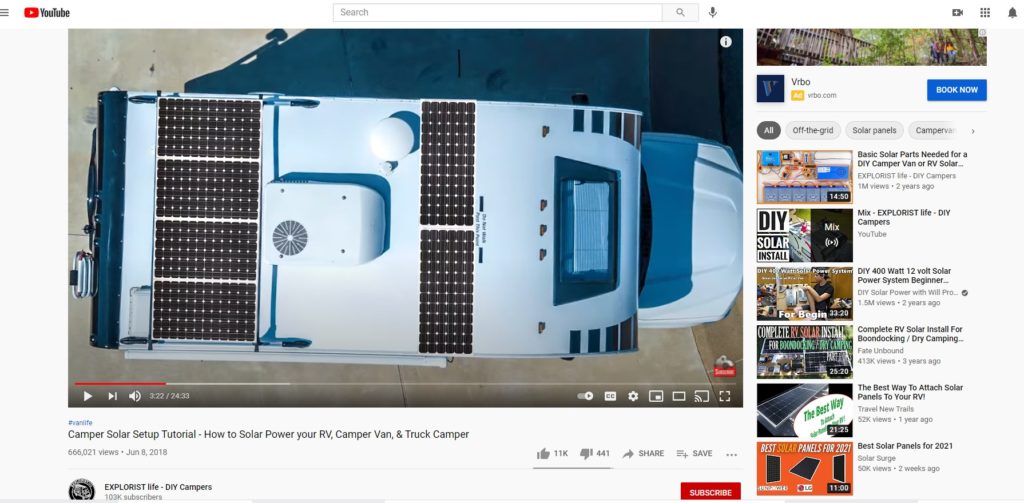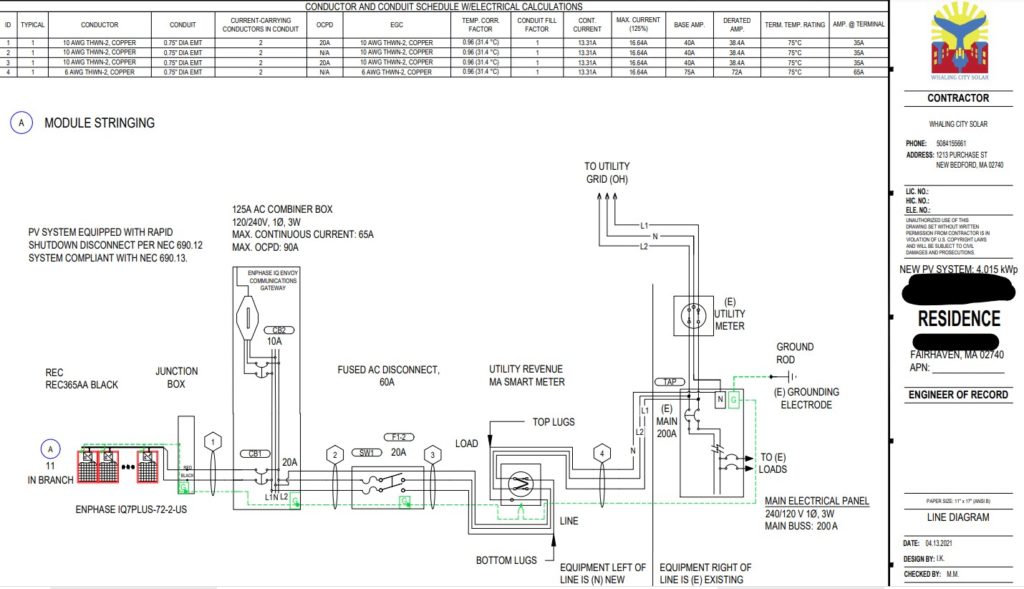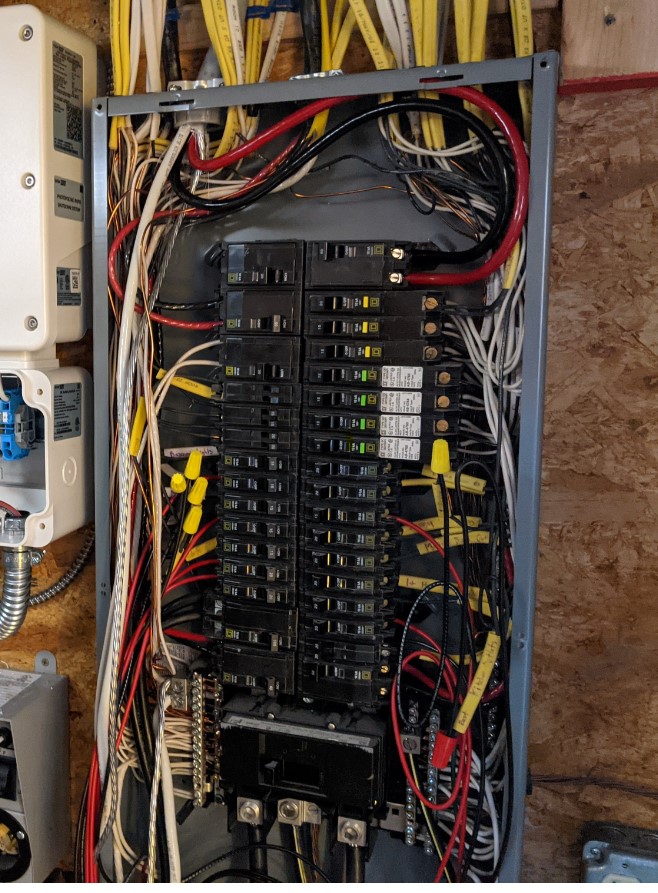Our team here at Whaling City Solar aren’t just sitting at our desks all day, we’re out in the field talking with homeowners like you! We’ve heard every sort of question about solar asked in every sort of way. We’re going to take some of those questions and answer them right here for everyone to read themselves. Some may overlap, some may be out in left field, but they are all real questions we’ve been asked as verbatim as we can remember them.
Today’s question: “Can you quote just the equipment for me? I did my own solar installation on our camper during the quarantine and it was pretty easy. If you sell me the panels I’ll just do the installation myself.”
When I hear that someone installed their own off-grid solar system I’m excited because I already know we’re going to be able to speak the same technical language.
We’re looking at this topic today because it touches two important areas:
- Grid-tied vs. Off-grid
- The role of an electrician in an installation

Grid-tied vs. Off-Grid Solar panels
Grid Tied Solar Panels:
- Go on your home or business
- Are interconnected with your local electric utility
- Primarily concerned with the AC current produced
- Are always producing revenue
- Lower overall cost for higher capacity
Off Grid Solar Panels:
- Go anywhere you do. Whether it’s a camper, boat, hunting shelter, or even a tailgating setup.
- Require no permitting or interaction with the utility.
- Primarily concerned with the DC current produced
- Wired to charge a battery bank, which then runs the appliances.
- High “per watt” cost due to extra storage, voltage and current management.
This is called the one-line or single line diagram of a recent solar installation that Whaling City Solar did in Fairhaven, MA. It shows schematically exactly how all the wiring was done from the roof solar panels (the little squares in the lower left labeled REC365AA, one of our favorite panels) all the way down through the electrical panel and out to the grid.

Why are we showing this technical drawing? To sharp eyes it shows the real reasons why our homeowner should not be considering doing this work themselves.
Grid-Tied systems are wired to immediately turn the DC power generated in the solar panels into AC power, then send it to the grid as fast as possible. All of the wiring shown in the diagram is after the inverter, which means it’s all AC wiring that’s hard wired into the house. Since the solar array is interconnected with the electric utility, it means the solar power must also properly pass through and register on their electric meters. Since the grid is shared by all, there’s also some extra feedback protection and metering provisions that are required.
While Off-Grid systems also have enough juice to hurt you, and involve substantial wiring, the lower voltage DC wiring that goes from through the charge controller into the battery is manageable. The equipment is sold in prewired kits that are relatively plug and play. Why the big differences? Off-Grid systems are typically 1/10th the power capacity of a home system. Because it’s powering lower amperage (<2A) appliances like lights, radios, or phone chargers, an Off-Grid solar array can utilize 12V-48V car or marine batteries which are modular and available for purchase over the counter. The downside is that each individual battery can’t really hold a massive amount, so it typically requires a bank of 4, 8, 12, etc. batteries to run everything overnight until the sun comes back out.
You’re sure I need to hire an electrician for my grid tied system?
In my professional opinion yes, and it’s not even close.
A Grid-Tied system is designed to perfectly match the existing electrical service coming into the home from the street. That means a 120/240V AC current, very dangerous if you don’t know what you’re doing. On the far right of the one-line diagram, we see solar power bypassing the circuit breakers and getting tied in directly to the main service lugs at 200A. That’s a lot of power, which makes sense because a Grid-Tied system can generate over 20,000kWh per year worth $4,500 off of your bill.
In addition, all this work will undergo 2 levels of electrical inspection from the town inspector and the utility review board, so I hope you know your NECE 2020 code book inside and out to properly size your wires, conduit and voltage deratings. I’ve seen with my own eyes the face of a homeowner who bought all the equipment and spent the time on the roof, just to fail inspection and not be able to turn it on.
If it’s still grinding you to be more involved, I suggest working with a solar contractor that has no problem reviewing the design with you at length and listening to your input. Maybe there’s a local Massachusetts born solar company that happens to be run by engineers who could help you out. Maybe by skipping the non-technical sales rep you end up saving a few thousand dollars as well. Who knows?

Finding our content interesting? We’re realizing there are more of you out there than we thought! So because someone asked, here’s a subscription form where you can get an update every time we post a new in-depth article like the one you just read.

